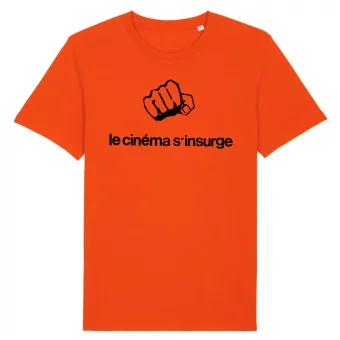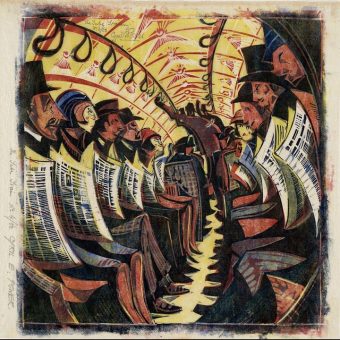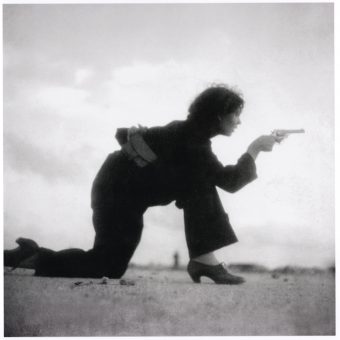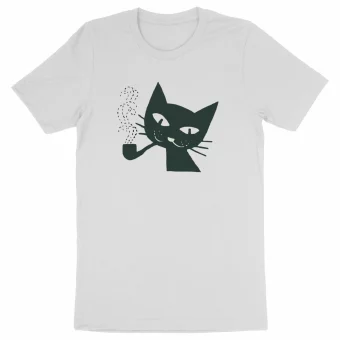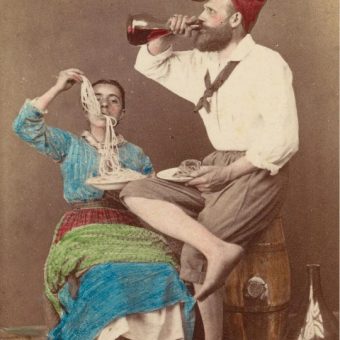“I was working on my own, and I was wrestling with what the highest and best use of the photograph in color could be. Eventually, I came up with a formulation for myself that went something like, “in the good or successful color photograph, the definition or the meaning of the picture will somehow arise through the use of color.”
– Joel Sternfeld
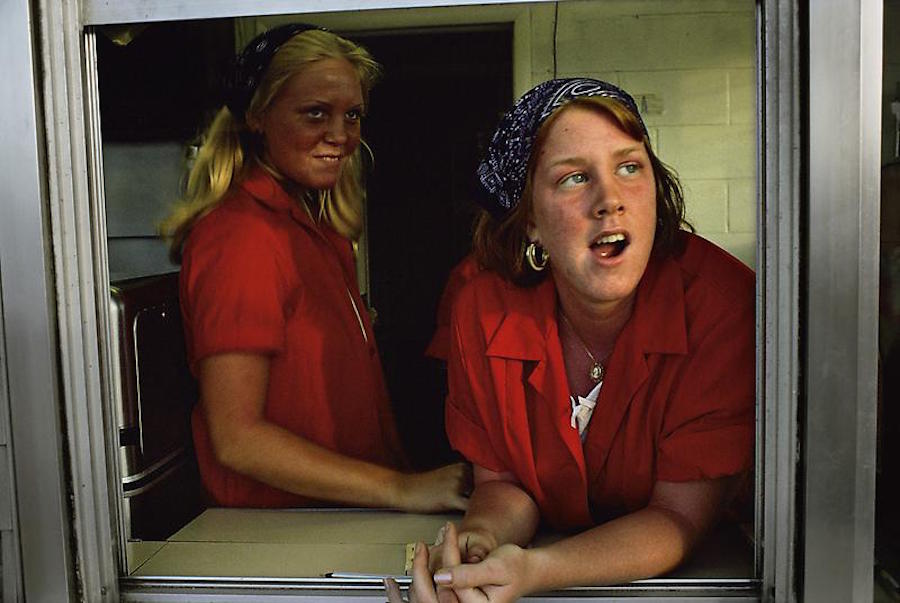
In the summer of 1975, Joel Sternfeld was in Nags Head, an “old beach town floating in time” in the Outer Banks area of North Carolina. It’s a small town – the population was just 3,146 at the 2020 census, but in the summer months thousands more to enjoy the shifting sands.
Sternfeld took pictures of locals and holidaymakers in what was his first body of work addressing a season. At the time, Sternfeld was already committed to colour as the basis of photographic expression and fascinated by Josef Albers’ Interaction of Color: “Any time that I saw a color phenomenon in the landscape that somehow coincided with an Albers-type exercise in the perceptual properties of color, I made a photograph.”
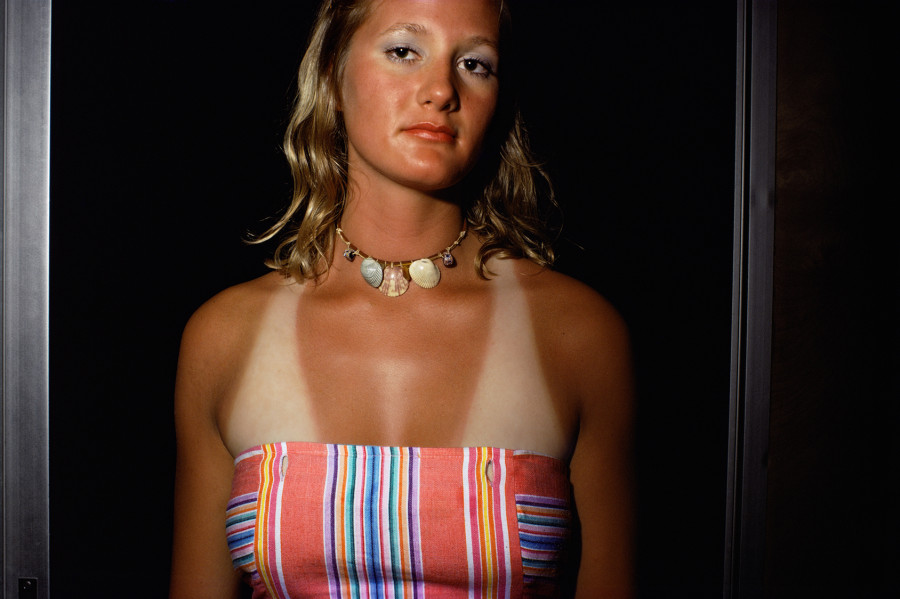
Sadly, Sternfeld’s project was cut short by the death of his brother in a car accident. He returned to New York, and eventually worked at Rockaway Beach, Queens. There he experienced a moment of catharsis. Taking a turn away from his usual route, he came into a place of “large unsightly apartment buildings the sea. The wind was blowing hard. It was, he says,”hellish”. But then something shifted. “All at once the ugly scene appeared beautiful to me,” he wrote. “the hues of sand, apartments and sky fused into a cohesive whole.” He was “clear seeing, in a clear light”.

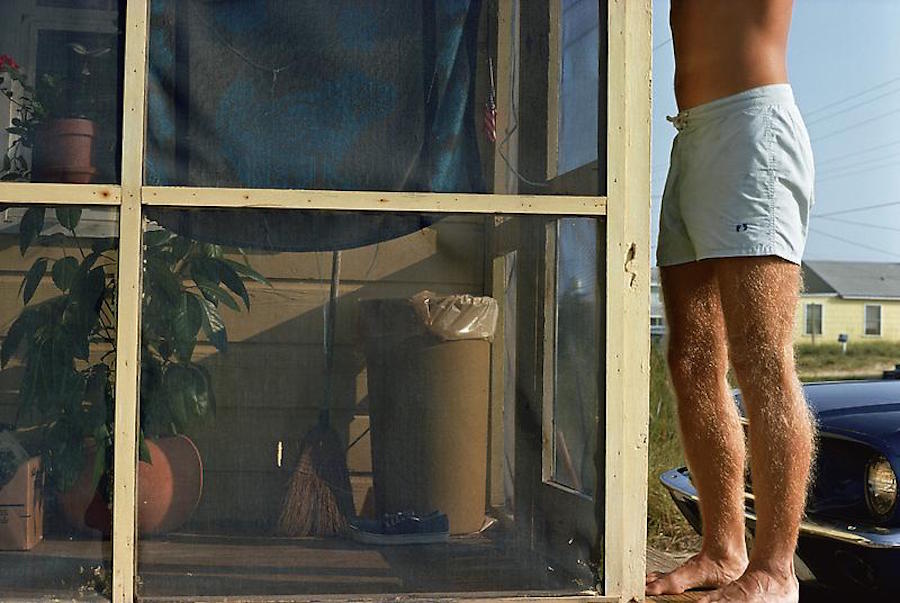
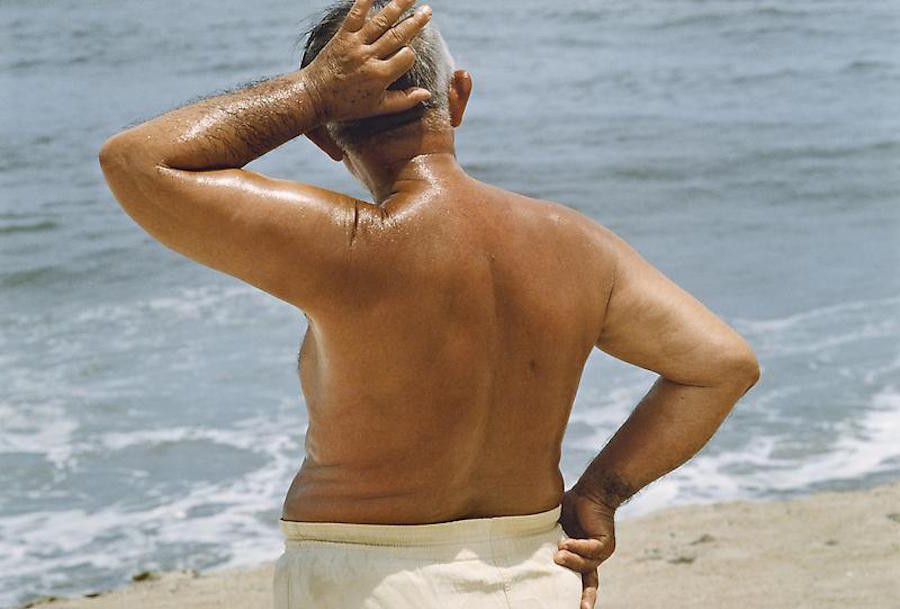
In his book Starburst: Color Photography in America 1970-1980, curator Kevin Moore says the artist’s work work embodies the “synthetic culmination of so many photographic styles of the 1970s, incorporating the humor and social perspicacity of street photography with the detached restraint of New Topographics photographs and the pronounced formalism of works by so many late-decade colorists.”
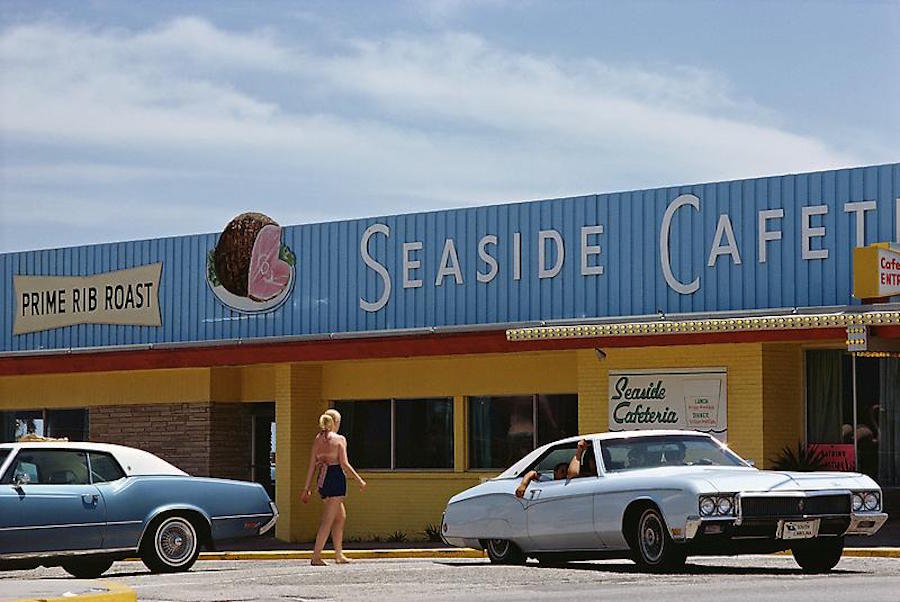
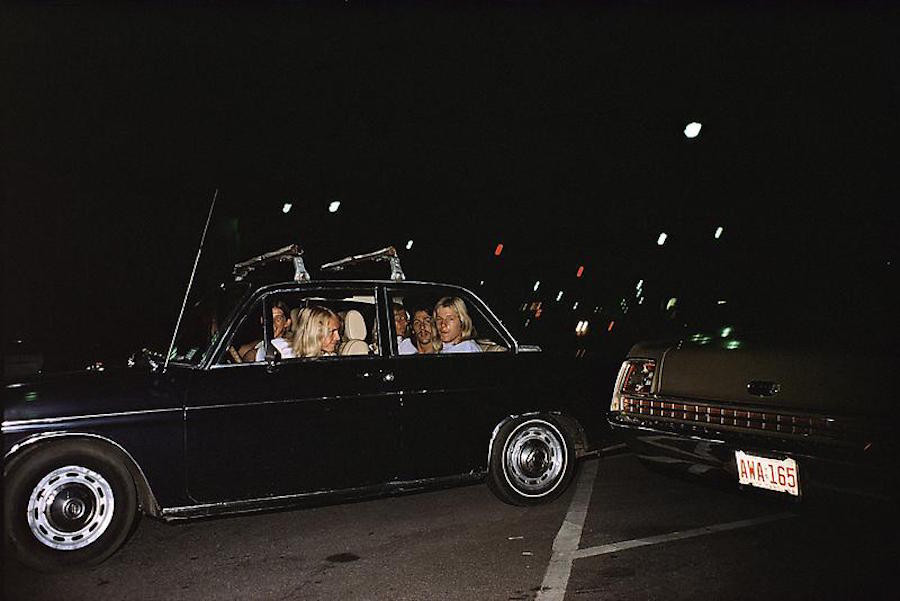
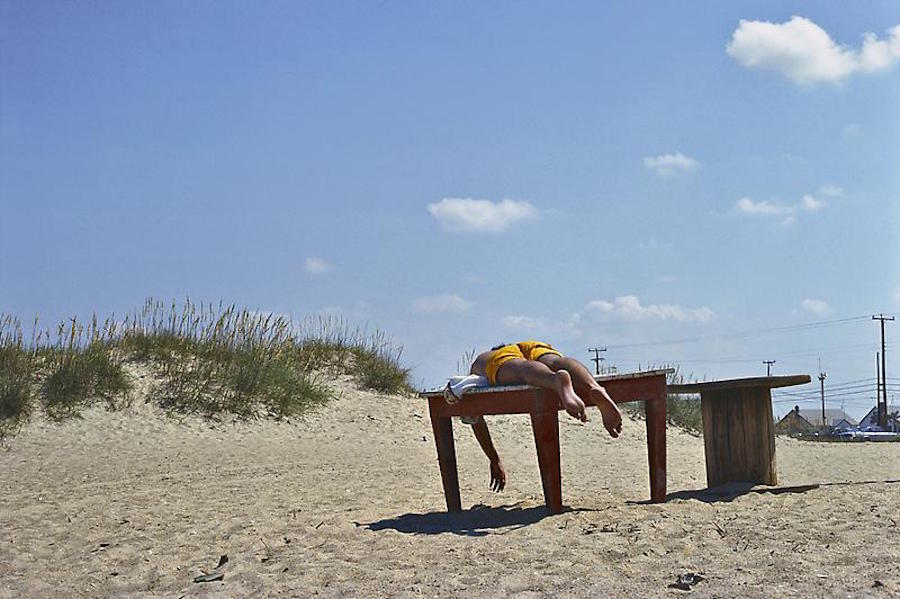
“When I was a child there were print copies of Pieter Bruegel the Elder in the playroom (both my parents were artists) and the Bruegels depicting seasonal activity had a strong influence on me. So this idea of following the cycle of the year was with me. I decided I was going to travel with the seasons.”
– Joel Sternfeld
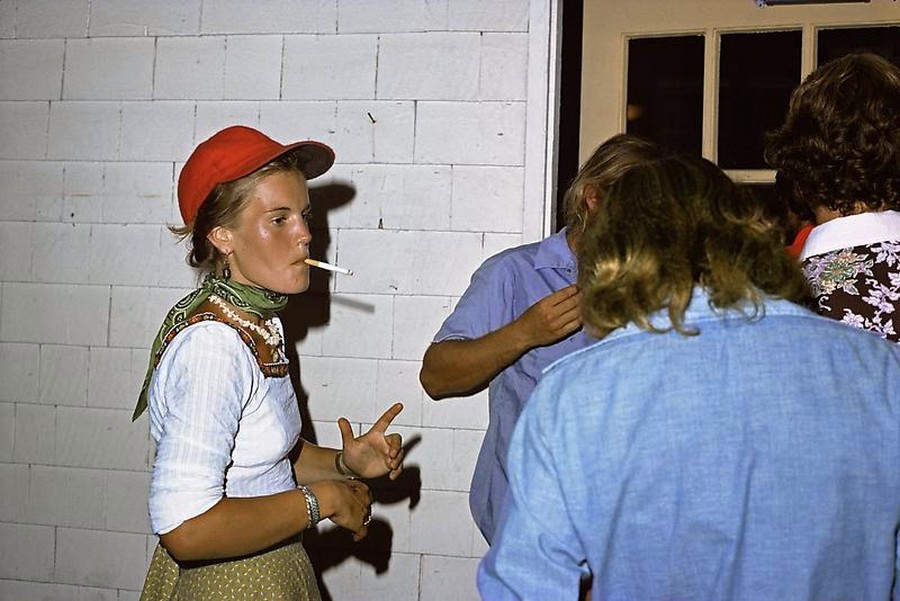
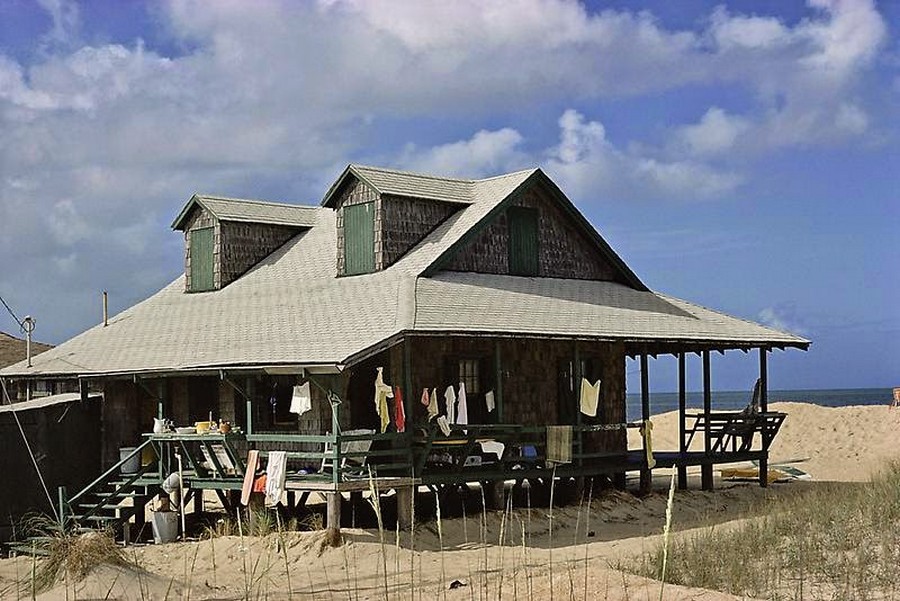
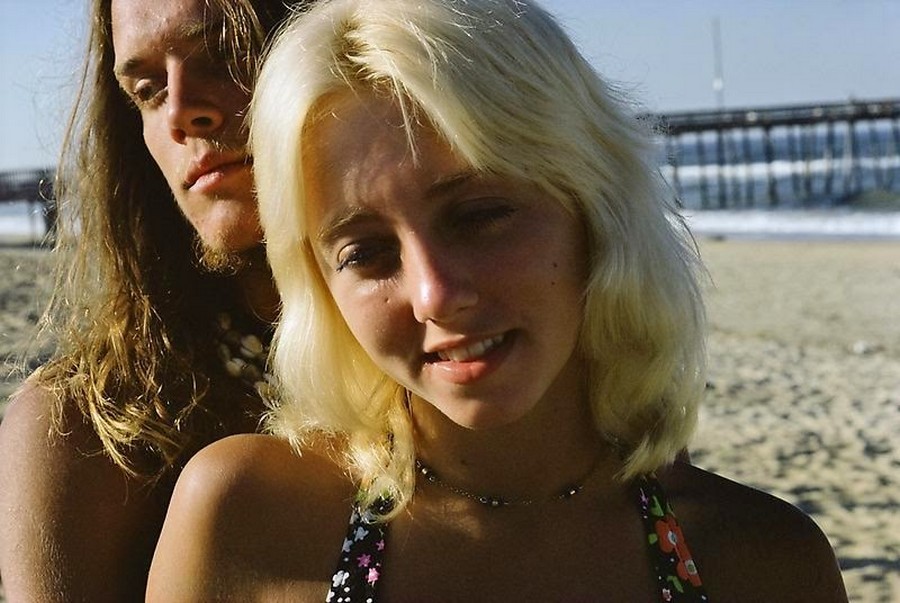
“If the latter, then I can say that there is an essential problem to the photograph in color—and that is that we see the world in color all the time. Black-and-white photography is instantly and inherently abstract, whereas the photograph in color is not, and so it becomes the task of the photographer working in color to build in some kind of abstraction if the photograph is ever to achieve some level of transcendence.”
– Joel Sternfeld
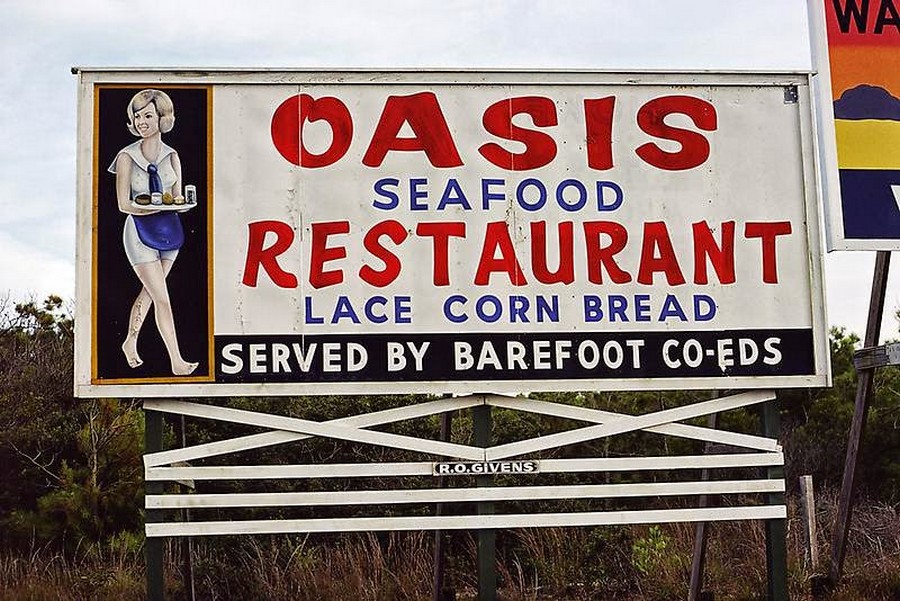
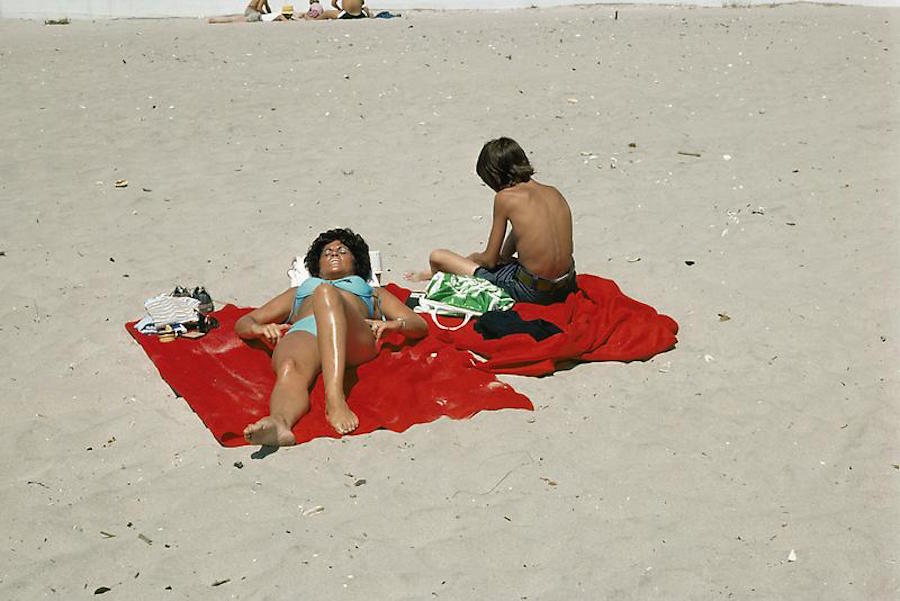
Via: Design You Trust, Brooklyn Rail
Buy the book here and see more at Joel Sternfeld’s website.
Would you like to support Flashbak?
Please consider making a donation to our site. We don't want to rely on ads to bring you the best of visual culture. You can also support us by signing up to our Mailing List. And you can also follow us on Facebook, Instagram and Twitter. For great art and culture delivered to your door, visit our shop.




